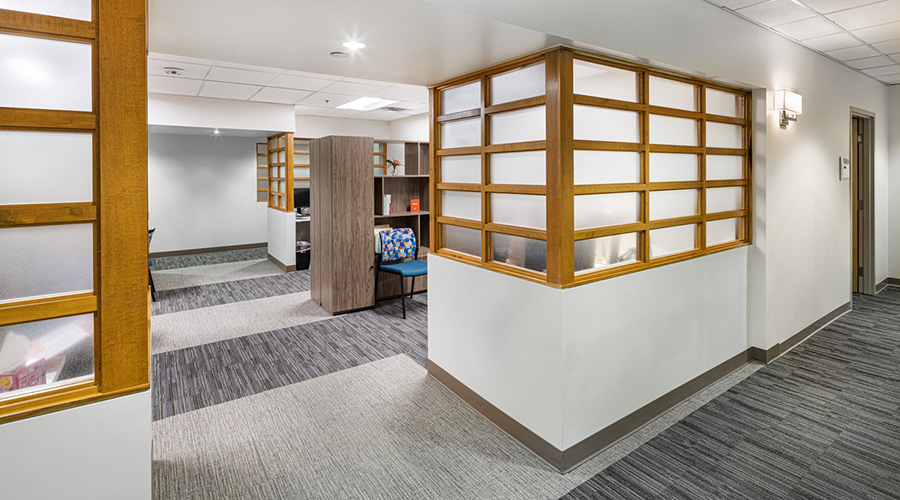Significant changes are underway for commercial buildings with the 2015 Michigan Energy Code taking effect on September 20, 2017. This is the first commercial energy efficiency code update in more than six years for the state. The new code introduces a bevy of significant lighting control provision changes, which can be both confusing and daunting.
For one, there is no longer an option to pick from the ASHRAE 90.1 – 2007 or IECC 2009 standards. Michigan will now follow one single standard for lighting and lighting controls. The 2015 Michigan Energy Code for commercial buildings largely follows ASHRAE 90.1-2013 with a few exceptions.
Harold Jepsen, Vice President of Standards and Industry, Building Control Systems at Legrand, has outlined the most important lighting controls changes with the 2015 Michigan Energy Code that will affect those involved in commercial lighting and electrical design:
All commercial buildings now must comply with the automatic lighting shut-off requirements. Buildings less than 5,000 square feet are no longer exempt.
All spaces require a manual local control, normally a wall switch. In the past, an occupancy sensor could be used to automatically control the lighting without requiring a local control device.
More space types now require automatic full off control by an occupancy sensor after a space is vacated. These space types include small offices, lecture halls, training rooms, restrooms, copy/print rooms, locker/dressing rooms, storage rooms, as well as others.
A new requirement for most space types is bi-level lighting control, or the ability to turn on/off or dim a portion of the lighting in areas that are unoccupied in a space. This will change the way lighting is designed and controlled in most spaces – and increase energy savings by allowing occupants to turn off partial lighting that is not needed.
A new code provision, automatic partial off control, requires that certain spaces such as stairwells and storage rooms where lighting is normally left on during the day or normal business hours, must now automatically reduce the lighting level by at least 50 percent to save energy when no one is in the space.
Automatic daylight responsive controls for sidelighting and automatic daylight responsive controls for toplighting are required when there is a contribution of natural daylight through skylights, windows, and other vertical fenestrations in the space.
New parking garage lighting control requirements include automatic partial and full lighting shut-off control for areas of a parking garage that are not occupied.
New provisions include automatically turning off lighting and switched receptacles in hotel/motel guestrooms, so lighting is not left on when guests leave the room.
The result of these changes will mean significant leaps in energy efficiency and reduction in energy consumption and costs for Michigan. The U.S. Department of Energy evaluates the energy efficiency of each ASHRAE 90.1 code version and establishes the amount of energy savings in a commercial building achieved by following each version. So, a building constructed under the 2015 Michigan Energy Code standard that closely follows ASHRAE 90.1-2013 should operate 25.1 percent more energy efficient compared to a building built under the current 2009 Michigan Uniform Energy Code (MUEC) standard as based on the ASHRAE 90.1-2007 efficiency standard.
www.legrand.us.

 Code Compliance Isn't Enough for Healthcare Resilience
Code Compliance Isn't Enough for Healthcare Resilience Ribbon Cutting Marks First Phase Completion for New Montefiore Einstein Facility
Ribbon Cutting Marks First Phase Completion for New Montefiore Einstein Facility Brooks Rehabilitation Launches 3 New Major Construction Projects
Brooks Rehabilitation Launches 3 New Major Construction Projects Joint Commission Standards: What Updates Matter Most?
Joint Commission Standards: What Updates Matter Most? Swinerton Completes Construction at Atlanta's Grady Hospital
Swinerton Completes Construction at Atlanta's Grady Hospital